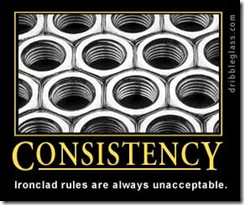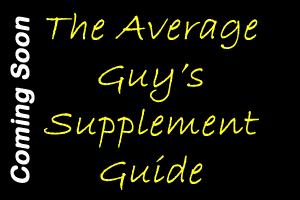I am a big proponent of the Experiment of One. I believe that it is the only way you can truly find consistent positive results.
What is the Experiment of One?
The Experiment of One is the discovery of self. It helps you to determine where you are physically, mentally and emotionally. It helps you to clearly identify what end result you want. It involves the preparation you take to make that end result a reality. It involves every single action you take to make that end result a reality. Finally, it involves the achievement of the end result.
The Experiment of One is personal. Only you can conduct your own Experiment of One. It relies on the principle that you are a unique individual and will get your own unique results from any training program.
How to Experiment
The Experiment of One is all about trying things to see what works for you. Make sure to log down the progress you make. Keep good notes on any small changes you make so that you can reproduce those results at a later date. I personally keep a journal of every change I make to my program. For instance, last year I did a fat burn that worked quite well. I used the Velocity Diet approach. If I were to decide to do another fat burn like that this year, I could review my journal and replicate the positive changes exactly as I did them last year.
Give things a try. Don’t be afraid of anything at all. You can always change your path if things are not working out for you. The key point to remember is that this is an experiment.
My Upcoming Experiment
Starting on July 6, 2009 I will be starting my own new experiment. I will be using the Combat the Fat system from Jeff Andersen. This 12 week program is aimed at using military techniques to burn off the fat. I will be posting daily updates on my accountability blog and weekly updates here. You can follow my progress and if you like what you see, I will be posting links to the program for you to purchase.
Jeff Andersen’s products have always worked for me. While I am not particularly fond of his marketing techniques, I cannot deny that his programs do the trick.
Please remember to return to this blog starting on July 6, 2009 to observe my progress on this new mission. You can also follow my daily progress on my accountability blog.

